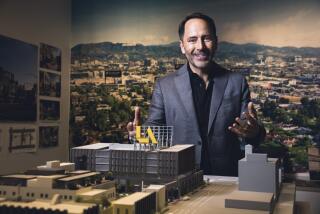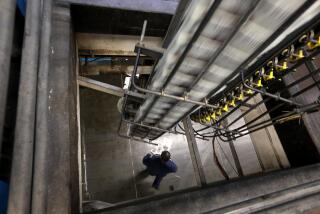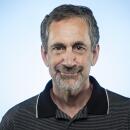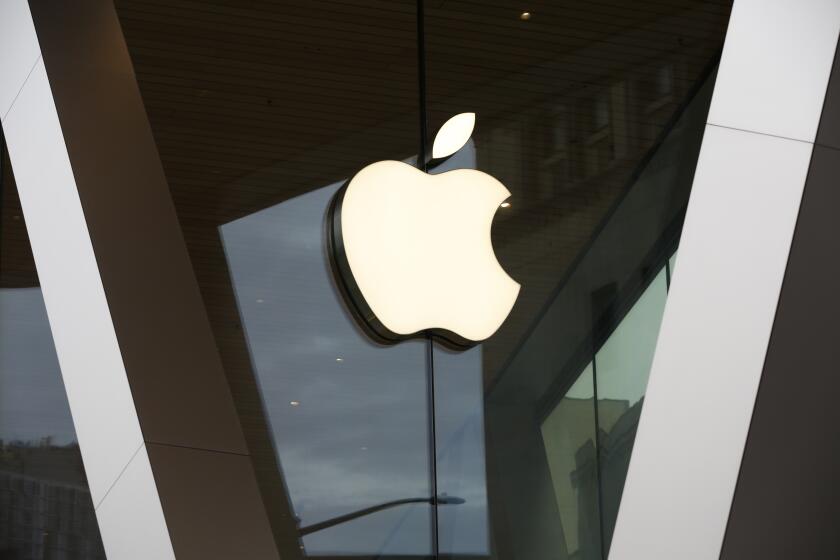He’s the Prince of Prints
- Share via
Most people like to take their photo-developing business to places that give you double prints.
But suppose you need, oh, maybe 150,000 prints? Well, here in the land where there’s a provider for every need, there’s actually a photo lab that can accommodate you.
Dean Hesketh, the owner of Photomation in Anaheim, specializes in high volume black-and-white printing. The lab pumps out about 1 million 8-by-10-inch black-and-white pictures each month. His clients are mostly industrial, such as public relations firms, advertising agencies and motion picture studios.
One of his clients, Nissan, once placed an order for 150,000 and Disneyland kept him going around the clock the night before the theme park opened in July, 1955.
Disneyland was his first big mass-production client and led to his eventual expansion.
“I worked all night processing their film, the night that Disneyland opened,” said the 59-year-old photo lab entrepreneur. “I charged 35 cents a sheet and I was doing 13 sheets every 3 hours. I did it all night long so they could have transparencies for the press on opening day.”
That kind of high-volume work led to a contract with Hughes Aircraft when it opened a plant in north Orange County. (Photomation also operates as a full-service lab.) “I was the only lab in Anaheim at the time,” Hesketh said. “Now 60% of my business comes from Los Angeles and the other 40% from Orange County. Our business has also expanded so that there are 60 people working here.”
The process by which prints are made in high volume is decidedly different. Usually a client will bring in a picture that Hesketh will then copy onto an 8-by-10-inch negative. The negative is then put into a machine, which makes contact prints directly onto rolls of photographic paper.
“It’s very automated,” Hesketh said. “That’s the only way you can get into doing that kind of volume.”
Hesketh certainly didn’t set out to get into this type of business. He was born in North Dakota and moved to Huntington Park when he was 10 years old.
After starting his education at East Los Angeles College, he switched to the Art Center School of Design, which was then in Los Angeles. His interest was in magazine photography but he wrote his thesis on the industrial uses of photography. “At that time, most of the magazines, such as Saturday Evening Post and Liberty, were shutting down,” he said. “The market was decreasing and I started doing anything I could out there.”
It was from there that Hesketh bought a commercial studio in Anaheim. There were no processing places in the area, so Hesketh started doing it. It didn’t take long for him to become the dominant lab in the area.
“The major change today is that the market is not growing as much, so that your growth is coming at the expense of other labs,” Hesketh said. “A man running a business is just as creative as an artist creating a photograph or piece of art because what you do in business is make decisions. When you’re going to shoot a photograph you have to apply decisions and throw out things that don’t work.”
Hesketh’s business philosophy is to ask the client a lot of questions.
“‘If a job comes out wrong, we didn’t ask the right question,” he said.
Of course, in his line of work, one of the most important questions is “How many?”
More to Read
Inside the business of entertainment
The Wide Shot brings you news, analysis and insights on everything from streaming wars to production — and what it all means for the future.
You may occasionally receive promotional content from the Los Angeles Times.











